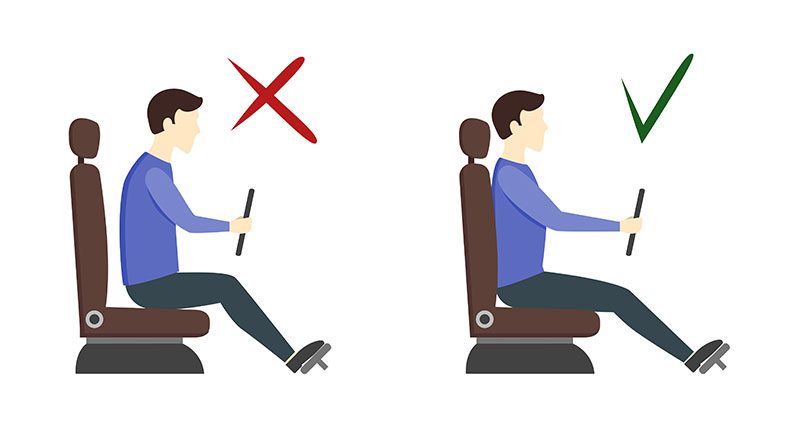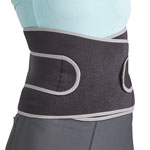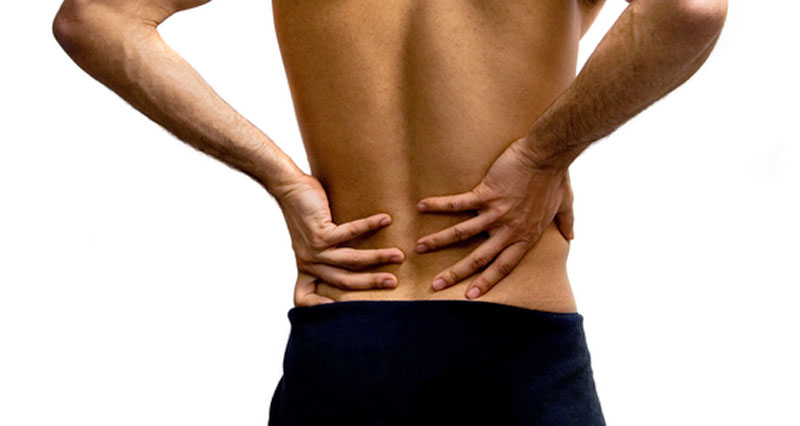If you suffer back pain either during or after driving long distances, then you might ask yourself the following questions: Why does driving cause low back pain? What is the best driving position? What can help ease low back pain when driving? How do I know if my seat is positioned correctly?
Driving is a frequent aggravator of lower back pain and can even be the initial cause of pain. Read on to find out how to support your back whilst driving.
Why does driving cause lower back pain?
- When driving for prolonged periods the lumbar curve is all but lost, placing extra strain on the vertebrae and discs.
- The spine is subjected to considerable vibration and jolting.
- Modern cars have a lower roofline and so reduced internal space. To allow this the seat is often lowered and tipped back which causes the legs to be straighter, placing a strain on the hamstrings, in turn pulling on their pelvic attachments and resulting in the pelvis rolling backwards.
- Strain is also placed on the cervical spine (neck) due to the seat being tipped back and the driver having to flex the neck by up to 20 degrees in order to look straight ahead.
What is the best driving position for preventing back pain?
- Ensure as much of your thighs are supported by the seat as possible.
- Don’t sit too far away from the pedals as this may put additional strain on the upper back and neck.
- Adjust the steering wheel so that you can reach it with bent arms with hands in the 10 to 2 position.
- If you have lumbar support adjust it so it presses gently on the lower back at belt height.
What can help ease low back pain when driving?
- Lumbar support is important. If your car seat does not supply enough lumbar support then in-car lumbar support can be purchased.
- Automatic cars place less strain on the back as constant clutch use in a manual places pressure on the lumbar discs.
- If you only find you get back pain on longer journeys, don’t try to complete the journey in one go.
- Stop regularly, get out of the car and move around.
- After long periods of driving your back is weaker and more susceptible to injury, so resist the temptation to bend and stretch.
Why am I getting shoulder and neck pain?
- This is usually due to tensing your neck and shoulders and gripping the wheel too tightly.
- Try to relax when you’re driving.
- Make sure you are close enough to the wheel so that your elbows are slightly bent.
- In some cars, the steering wheel can be slightly offset from the centre of the seat. This means the driver has to hold the steering wheel at an angle to the body, placing more stress on the neck and shoulders.
How do I know if my seat is positioned correctly?
Here are two simple tests you can carry out yourself to see if your seat is in the correct position:
1, Put the palms of your hands together, with the elbows bent and the wrists touching the chest. This position will point your fingers out towards the steering wheel at a right angle to your spine and will allow you to see if the wheel is offset. If your fingers are not pointing to the centre of the wheel then the wheel is more than likely offset.
2, Place both hands on the steering wheel and look down between your arms, at your legs. You should see equal amounts of each leg. Often the right leg will be partially obscured by the right arm, suggesting the shoulder girdle is rotated to the left in relation to the pelvis.




